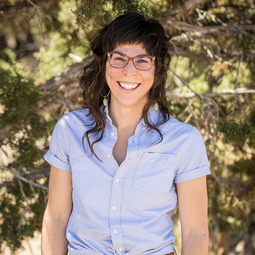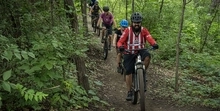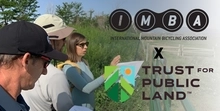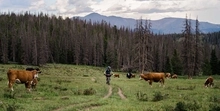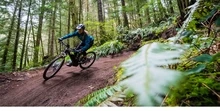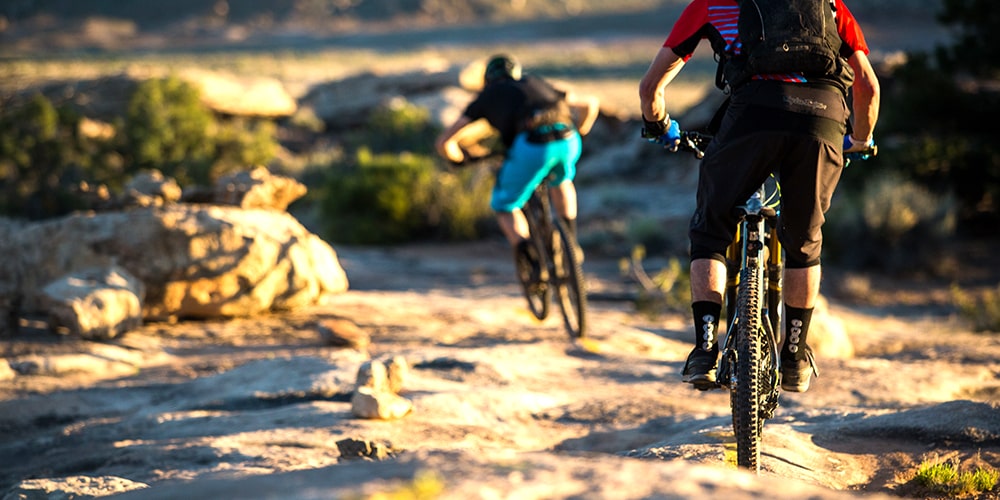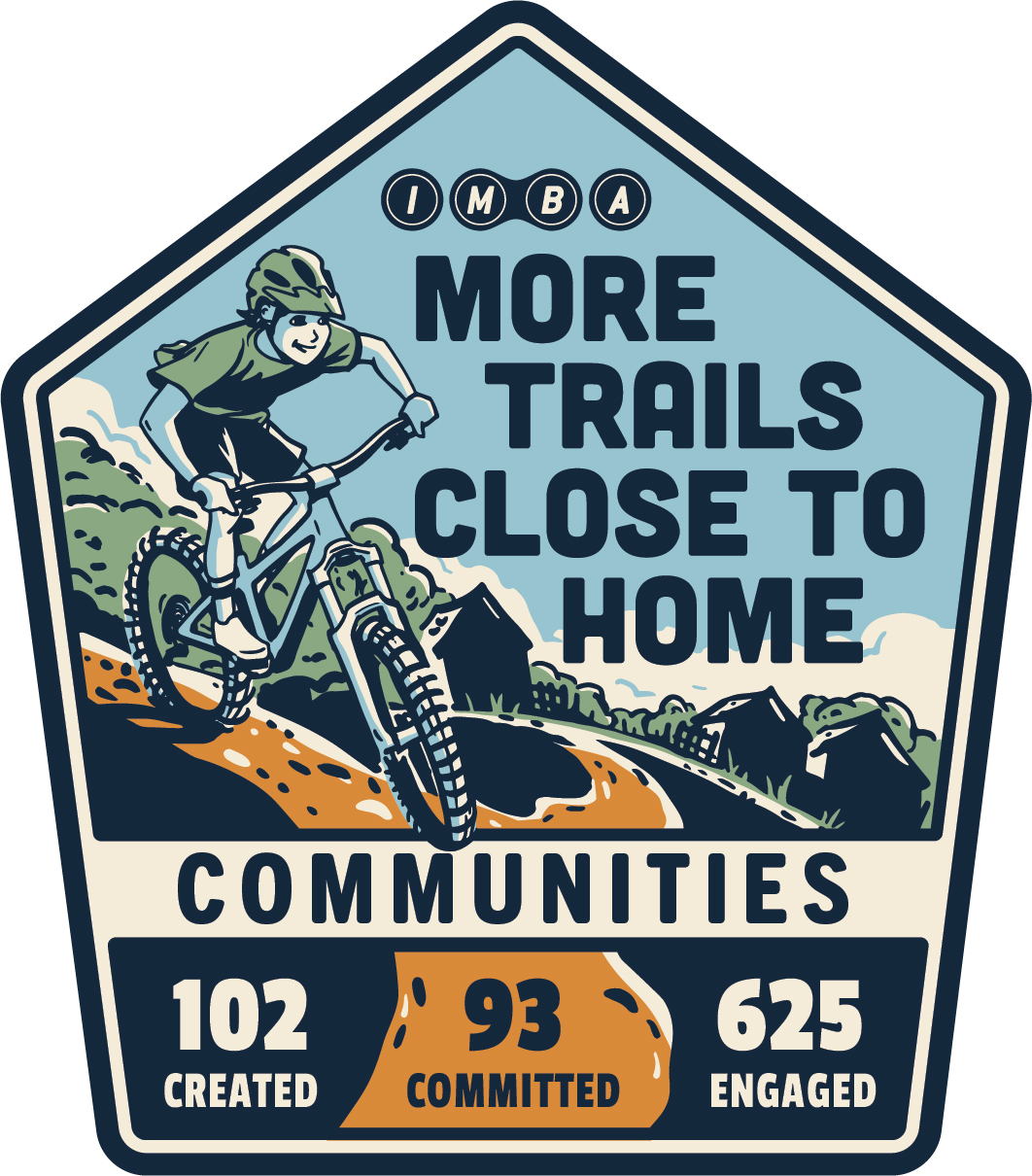Passing a Bill for Mountain Bikers
In June it passed the Senate, in July it passed the House, and earlier this month The Great American Outdoors Act was signed into law. The historic bill means billions of dollars a year in new funding for trails and our outdoor places, at a time when more Americans than ever are discovering the benefits of trails close to home. And mountain bikers like you made it all happen by sending nearly 14,000 letters to your elected officials.
So, what’s next?
In the short interview below, Caroline Tan with IMBA’s marketing team asks IMBA Government Affairs Director Todd Keller about the new law. Caroline and Todd run through how much money the law really means for mountain biking, and how IMBA Local Partners, state agencies and mountain bikers must work together to net new funding for a trail near you.
Caroline Tan: Hi everyone! Caroline Tan here with the International Mountain Bicycling Association. After years of hard work, the Great American Outdoors Act (GAOA) has been passed and signed into law! But some of you may be asking, “What exactly is the Great American Outdoors Act? What does it do? And now what?” I’m joined here today by Todd Keller, who is the Director of Government Affairs here at IMBA, and he’s going to help answer some questions about the Great American Outdoors Act and what it means for our collective outdoor experiences. Thanks for joining us, Todd.
Todd Keller: Hi, Caroline! Great to see you again.
CT: Alright, let’s jump right into it. So there’s been a lot of news coverage on the Great American Outdoors Act passing and how trails around the U.S. will benefit from these funds. In your professional opinion, what resources will be available for outdoor recreation and how can trail communities tap into these funds?
TK: Sure, this is a really exciting time. In early 2019, the Land and Water Conservation Fund was reauthorized and that’s really critical that led to the permanently funded at $900 million per year. Now the fund is divided into two separate parts—federal and stateside. Federal is largely used for land acquisition, and stateside is used to support all sorts of outdoor recreation, which includes everything from playgrounds to trails, etc. Included in the Great American Outdoors Act are resources for maintenance backlog on federal public lands. Land agencies will have access to nearly $2 billion per year for the next five years.
CT: That’s fantastic! Now some IMBA Local partners are familiar with the Statewide Comprehensive Outdoor Recreation Plan or “SCORP,” but many people might not know what it is. Can you explain that?
TK: Sure, this will be critical for our community to best gain access to these funds is to engage in the Statewide Comprehensive Outdoor Recreation Plans or SCORP. These funds are available to federal and state governments agencies only, not to private organizations and nonprofits. We need to be clear on that. Therefore, in order for the mountain bike community to see our projects funded we must participate in the development of these SCORPs.
CT: That’s a really good point. So when will funds be available? How will they be dispersed?
TK: Both Land and Water Conservation Fund and the maintenance backlog will be available to agencies beginning fiscal year 2021, which starts this October 1st. The allocation as it relates to the maintenance backlog are: 70% to the Park Service, 15% to US Forest Service, 5% to Fish and Wildlife Service, 5% to Bureau of Land Management, and 5% to Bureau of Indian Education.
CT: Good points. And what will be vital for trails to benefit from these funds?
TK: I can’t say strongly enough: Being present and engaged is critical when it comes to the SCORP process—really understanding the system with IMBA’s help, being patient and persistent (these things take a while), and looking for and developing coalitions perhaps with folks we don’t normally see as allies. The second point here is really working with federal land managers to assist them in prioritizing trail maintenance over other maintenance projects that may not necessarily benefit us directly.
CT: Thanks for clarifying that. And looking back, how have local mountain bike organizations benefited from being engaged with SCORP?
TK: Great question. Really some of the highlights are Virginia and the Shenandoah Valley Bicycle Coalition. They worked really well with their federal land managers and have engaged in the SCORP process. And we’ve seen a lot of great trails come out of that organization in the Shenandoah Valley. In addition, Colorado in the west has done a great job. They just finished their SCORP, and we had a lot of representation of mountain bikers on there. And we should see some great projects come out of Colorado in the next five years or so.
CT: That’s great. And looking forward, which states need to act the quickest in order to secure funding?
TK: Well there are sixteen states currently working on updating their SCORPs right at the moment. One example, as I said before, Colorado—they just finished. And Nebraska is taking public comments this fall. New Mexico is just beginning their process right now. All 50 states have a SCORP plan, but they don’t all happen at the same time so they’re all in different periods of when they’re developing their state plans. Usually it’s about a five year to six year window. Really, again, I want to emphasize that it’s so important for the mountain biking community to engage in these SCORP plans. And we’re developing a ton of resources to help the local mountain bike organizations do that.
CT: Great, well thanks for joining us, Todd. And thanks for explaining bullet points of the Great American Outdoors Act.
TK: Sure thing, happy to be here.
IMBA is working to organize advocacy workshops for local advocates, accelerate trail system planning, and make sure the voice of mountain bikers is as strong and persuasive as possible with land management partners nationwide as we compete for this new funding. Your charitable contribution will strengthen this work in every state.

